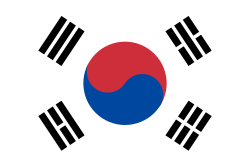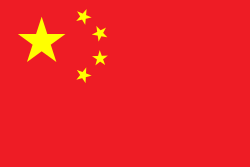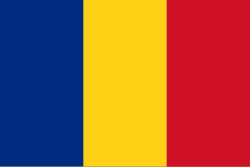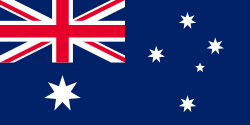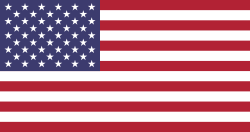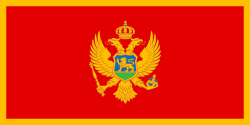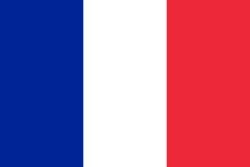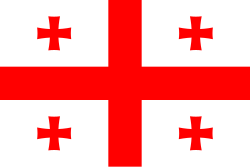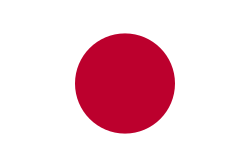KIA Korea Open 2014
| KIA Korea Open 2014 | |
|---|---|
| Datum | 13.9.2014 – 21.9.2014 |
| Auflage | 11 |
| Navigation | 2013 ◄ 2014 ► 2015 |
| WTA Tour | |
| Austragungsort | Seoul |
| Turniernummer | 1024 |
| Kategorie | WTA International |
| Turnierart | Freiplatzturnier |
| Spieloberfläche | Hartplatz |
| Auslosung | 32E/32Q/16D |
| Preisgeld | 500.000 US$ |
| Website | [kiakoreaopen.com ( vom 10. Mai 2015 im Internet Archive) Offizielle Website] |
| Vorjahressieger (Einzel) | |
| Vorjahressieger (Doppel) | |
| Sieger (Einzel) | |
| Sieger (Doppel) | |
| Turnierdirektor | Lee Jin-soo |
| Turnier-Supervisor | Pam Whytcross |
| Letzte direkte Annahme | |
| Spielervertreter | |
| Stand: 7. September 2014 | |
Die KIA Korea Open 2014 waren ein Tennisturnier im Rahmen der WTA Tour 2014, das vom 13. bis 21. September in Seoul stattfand. Das Hartplatzturnier der Kategorie International Teil wurde parallel zu den Toray Pan Pacific Open 2014 in Tokio und den Guangzhou International Women’s Open 2014 ausgetragen.
Qualifikation
Ausgespielt wurden vier Plätze für das Einzel, die zur Teilnahme am Hauptfeld des Turniers berechtigten.
Die folgenden Spielerinnen qualifizierten sich für das Hauptfeld des Turniers:
| Qualifikantinnen | |
|---|---|
Einzel
Setzliste
|
|
Zeichenerklärung
- Q = Qualifikant
- WC = Wildcard
- LL = Lucky Loser
- ITF = qualifiziert über ITF-Ranking
- ALT = alternate (Ersatz)
- PR = Protected Ranking
- SE = Special Exempt
- r = retired (Aufgabe)
- d = Disqualifikation
- w.o. = walkover
- [ ] = Match-Tie-Break
Ergebnisse
Doppel
Setzliste
|
Zeichenerklärung
- Q = Qualifikant
- WC = Wildcard
- LL = Lucky Loser
- ITF = qualifiziert über ITF-Ranking
- ALT = alternate (Ersatz)
- PR = Protected Ranking
- SE = Special Exempt
- r = retired (Aufgabe)
- d = Disqualifikation
- w.o. = walkover
- [ ] = Match-Tie-Break
Ergebnisse
| Erste Runde | Viertelfinale | Halbfinale | Finale | |||||||||||||||||||||||
| 1 | 65 | 3 | ||||||||||||||||||||||||
| 7 | 6 | 6 | 6 | |||||||||||||||||||||||
| 1 | 2 | 0 | 2 | |||||||||||||||||||||||
| 6 | 6 | 4 | 6 | [10] | ||||||||||||||||||||||
| 4 | 6 | 7 | 6 | 4 | [6] | |||||||||||||||||||||
| 3 | 64 | 4 | 3 | 2 | ||||||||||||||||||||||
| 2 | 6 | [5] | 6 | 6 | ||||||||||||||||||||||
| 6 | 4 | [10] | 3 | 3 | ||||||||||||||||||||||
| 2 | 4 | 6 | 6 | |||||||||||||||||||||||
| 6 | 6 | 2 | 2 | |||||||||||||||||||||||
| 6 | 6 | 6 | 6 | |||||||||||||||||||||||
| 3 | 1 | 1 | 7 | |||||||||||||||||||||||
| 6 | 6 | 5 | r | |||||||||||||||||||||||
| 0 | 2 | 4 | 3 | |||||||||||||||||||||||
| 6 | 6 | 6 | 6 | |||||||||||||||||||||||
| 2 | 4 | 4 | ||||||||||||||||||||||||
Weblinks
- kiakoreaopen.com ( vom 10. Mai 2015 im Internet Archive)
- Turnierplan Einzel als PDF (englisch) auf der WTA-Homepage
- Turnierplan Doppel als PDF (englisch) auf der WTA-Homepage
Auf dieser Seite verwendete Medien
Chinese Taipei Olympic Flag. According to the official website of Chinese Taipei Olympic Committee, Blue Sky(circle) & White Sun(triangles) above the Olympic rings is neither the National Emblem of the Republic of China, nor the Party Emblem of Kuomintang (KMT), but a design in between, where the triangles do not extend to the edge of the blue circle, as registered at International Olympic Committee in 1981 and digitally rendered in 2013. Besides, the blue outline of the five-petaled plum blossom is broader than the red one. Moreover, the CMYK code of the blue one and the Blue Sky & White Sun is "C100-M100-Y0-K0", and different from the Olympic rings (C100-M25-Y0-K0). Note that it's the only version recognized by IOC.
Chinese Taipei Olympic Flag. According to the official website of Chinese Taipei Olympic Committee, Blue Sky(circle) & White Sun(triangles) above the Olympic rings is neither the National Emblem of the Republic of China, nor the Party Emblem of Kuomintang (KMT), but a design in between, where the triangles do not extend to the edge of the blue circle, as registered at International Olympic Committee in 1981 and digitally rendered in 2013. Besides, the blue outline of the five-petaled plum blossom is broader than the red one. Moreover, the CMYK code of the blue one and the Blue Sky & White Sun is "C100-M100-Y0-K0", and different from the Olympic rings (C100-M25-Y0-K0). Note that it's the only version recognized by IOC.
Flag of Australia, when congruence with this colour chart is required (i.e. when a "less bright" version is needed).
See Flag of Australia.svg for main file information.Flagge des Vereinigten Königreichs in der Proportion 3:5, ausschließlich an Land verwendet. Auf See beträgt das richtige Verhältnis 1:2.
Flagge des Vereinigten Königreichs in der Proportion 3:5, ausschließlich an Land verwendet. Auf See beträgt das richtige Verhältnis 1:2.
Verwendete Farbe: National flag | South African Government and Pantone Color Picker
| Grün | gerendert als RGB 0 119 73 | Pantone 3415 C |
| Gelb | gerendert als RGB 255 184 28 | Pantone 1235 C |
| Rot | gerendert als RGB 224 60 49 | Pantone 179 C |
| Blau | gerendert als RGB 0 20 137 | Pantone Reflex Blue C |
| Weiß | gerendert als RGB 255 255 255 | |
| Schwarz | gerendert als RGB 0 0 0 |
Die quadratische Nationalfahne der Schweiz, in transparentem rechteckigem (2:3) Feld.
Das Bild dieser Flagge lässt sich leicht mit einem Rahmen versehen
